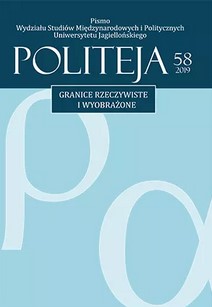GOTYK POLSKI? ARCHITEKTURA JAKO NARZĘDZIE BUDOWANIA GRANIC RZECZYWISTYCH I WYOBRAŻONYCH W II POŁOWIE XIX WIEKU
POLISH GOTHIC? ESTABLISHING REAL AND IMAGINARY BOUNDARIES THROUGH ARCHITECTURE IN THE II HALF OF THE XIX CENTURY
Author(s): Jan NowickiSubject(s): Cultural history, Architecture, 19th Century, Politics and Identity
Published by: KSIĘGARNIA AKADEMICKA Sp. z o.o.
Keywords: gothic revival; gothic reception; Vistulian‑Baltic style; national style; XIX century architecture; historicism; national identity; boundaries; medieval history;
Summary/Abstract: Intensive development of national identities is a characteristic feature of the XIX century European science, culture and politics. In Poland this process was of great importance. Disintegration of the state and lack of its institutions resulted in even more determined attempts to define and divide what is “ours” from what is “foreign”. One of the most important ways of constructing this boundary was through architecture – its history and theory. In the second half of the XIX century more and more authors started to give their answers to the emerging question: are there any exceptional, individual features of Polish architecture? In this context I would like to investigate the concept of “Vistulian‑Baltic” style, which is interpreted by scholars as a first attempt to define Polish national style in architecture. Closer insight into XIX century narratives reveals how imaginary and real boundaries were established through architecture and its theory.
Journal: Politeja - Pismo Wydziału Studiów Międzynarodowych i Politycznych Uniwersytetu Jagiellońskiego
- Issue Year: 16/2019
- Issue No: 58
- Page Range: 341-359
- Page Count: 19
- Language: Polish

